A Comprehensive Analysis of Levels of Measurement in Research
VerifiedAdded on 2023/05/30
|5
|1074
|190
Essay
AI Summary
This essay provides an in-depth analysis of the four levels of measurement used in statistical investigations: nominal, ordinal, interval, and ratio. It begins by defining the concept of levels of measurement, attributing the definition to psychologist Stanley Stevens, who describes it as a cataloging process that differentiates information variations based on assigned values. The essay elaborates on each level, providing examples such as gender classification for the nominal level, classroom performance rating for the ordinal level, score gaps between students for the interval level, and linking scores to an absolute zero value for the ratio level. Furthermore, it distinguishes between categorical and continuous levels, highlighting that categorical levels offer predetermined categories, while continuous levels have an immeasurable number of values between two points. The essay concludes by illustrating the application of these levels in public administration, using the United States Census Bureau as an example, which utilizes these levels to categorize census data into nominal (men, women), ordinal (age, income), interval (gaps), and ratio (men-to-women) levels, demonstrating their practical significance in understanding social facts and trends.
1 out of 5
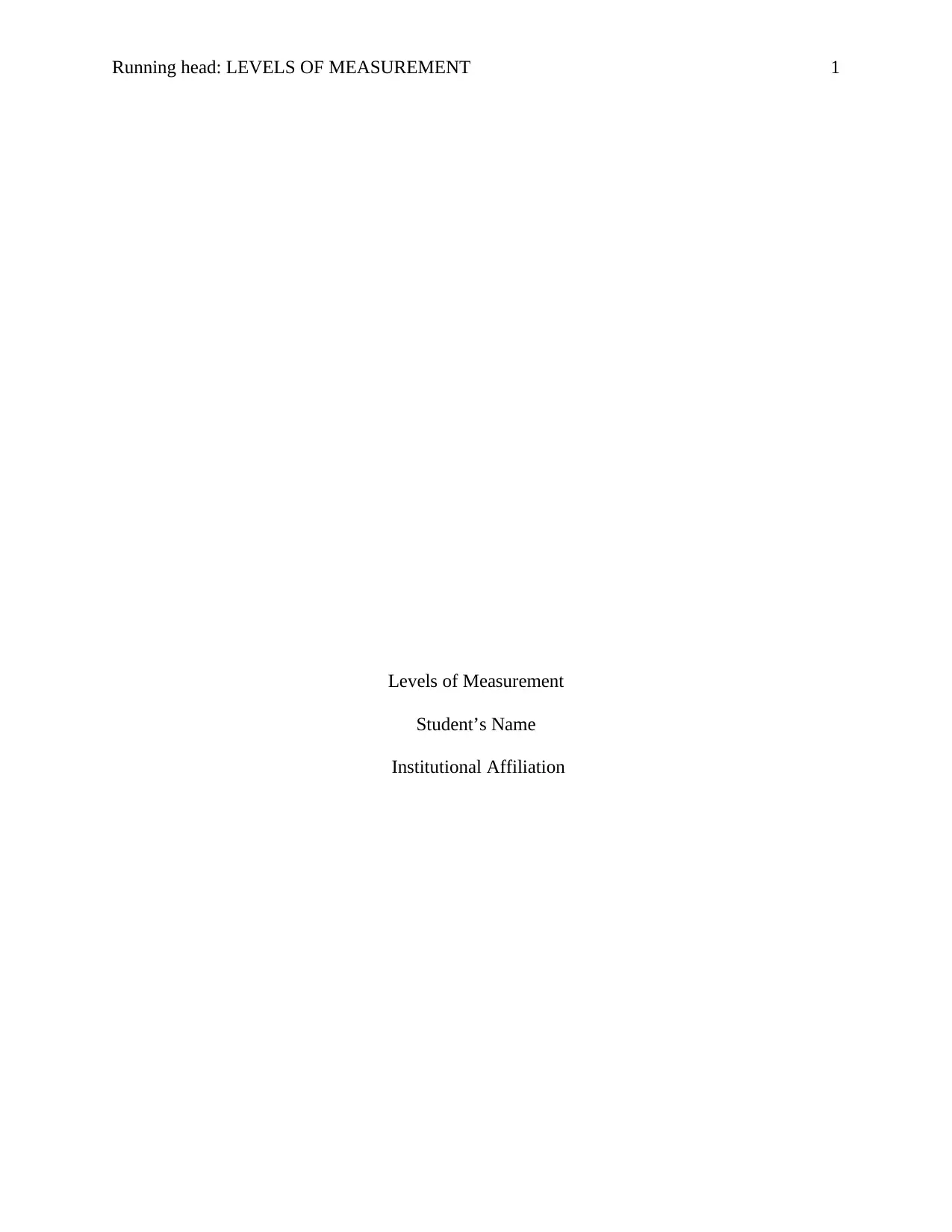
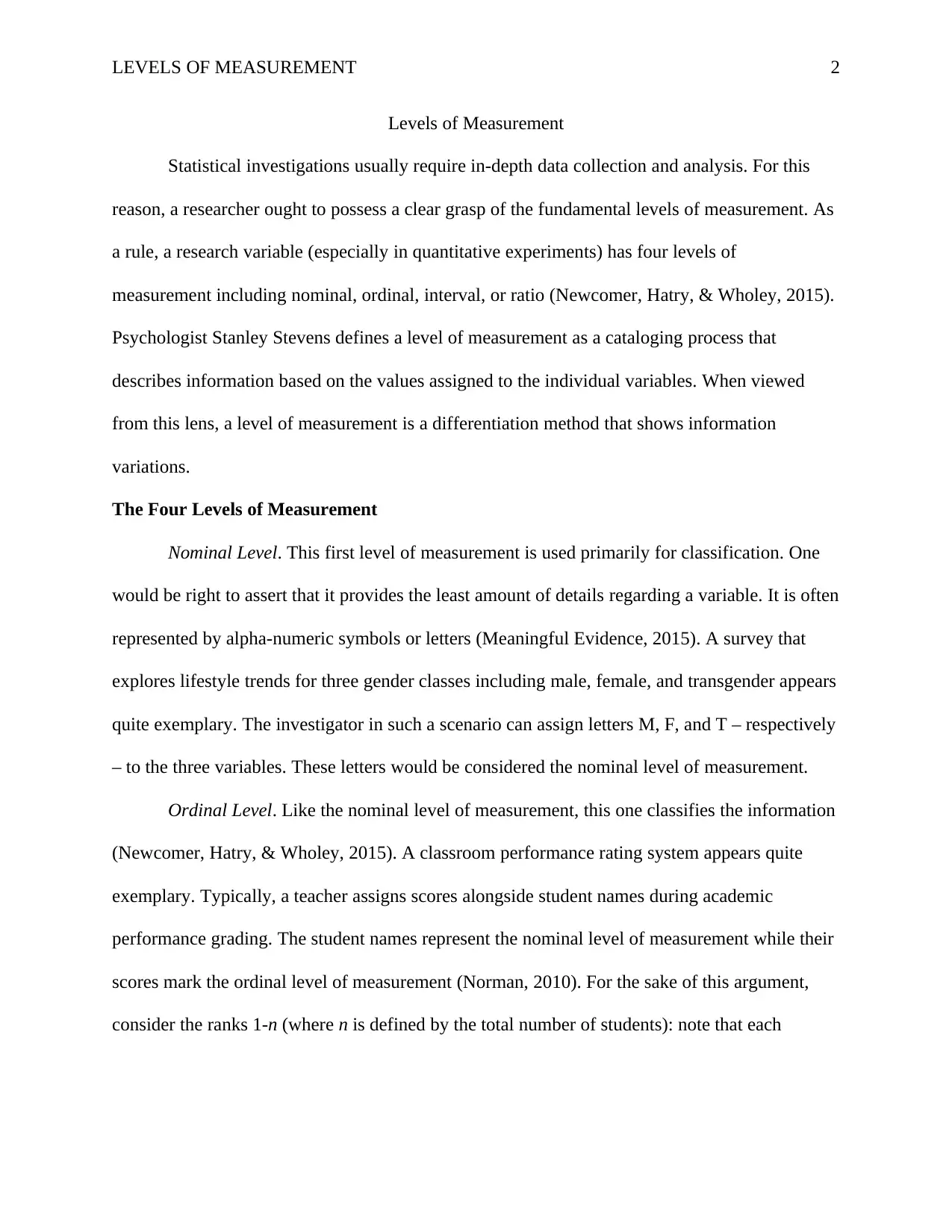
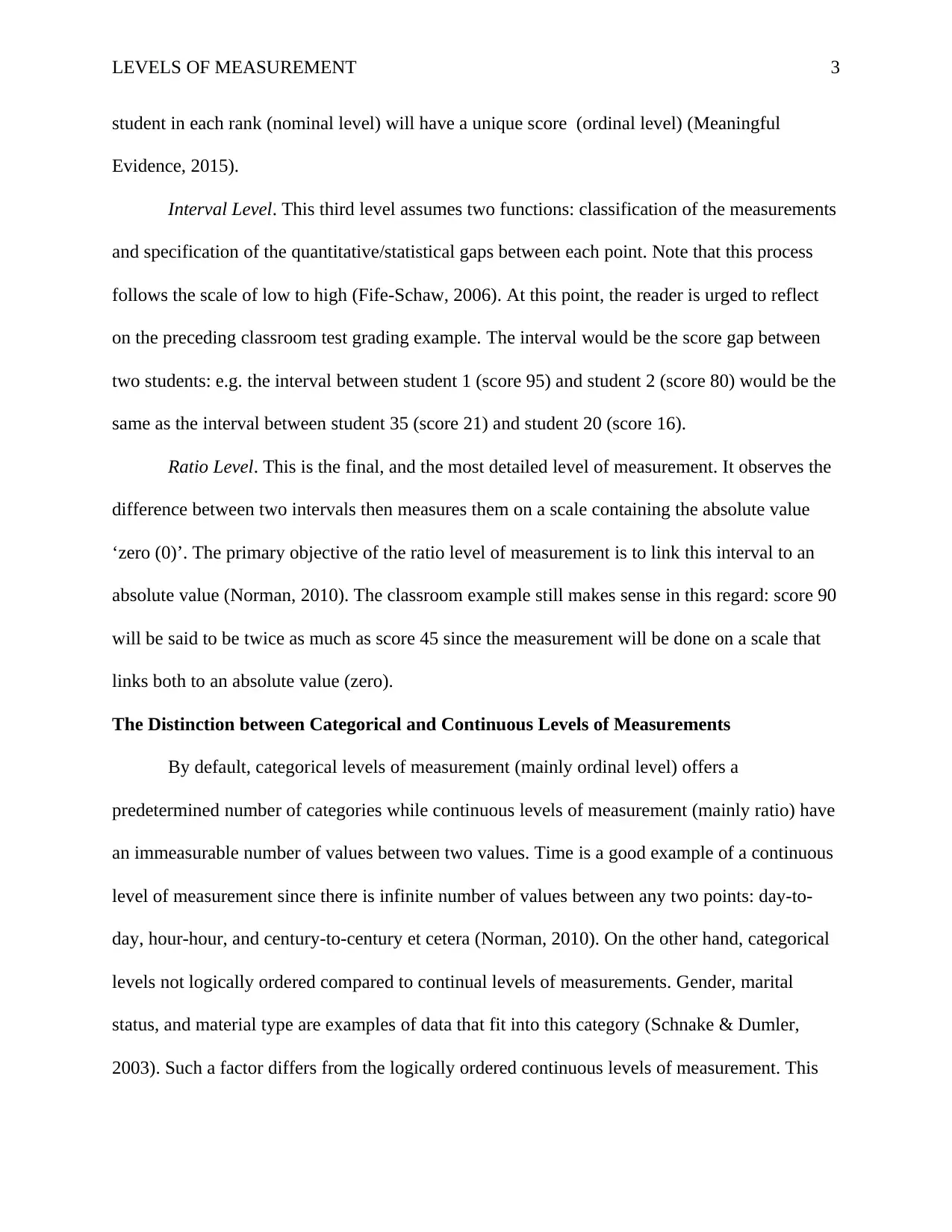

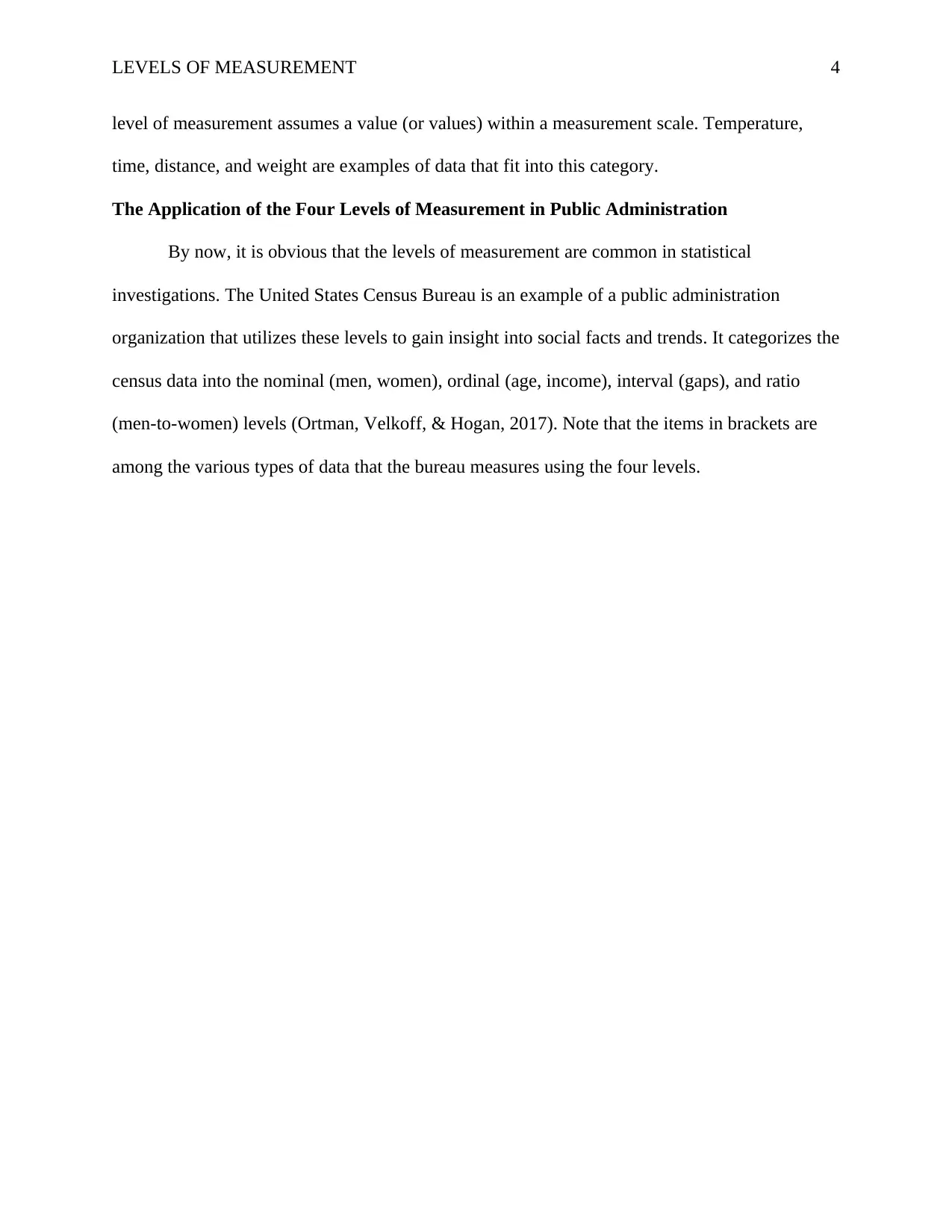
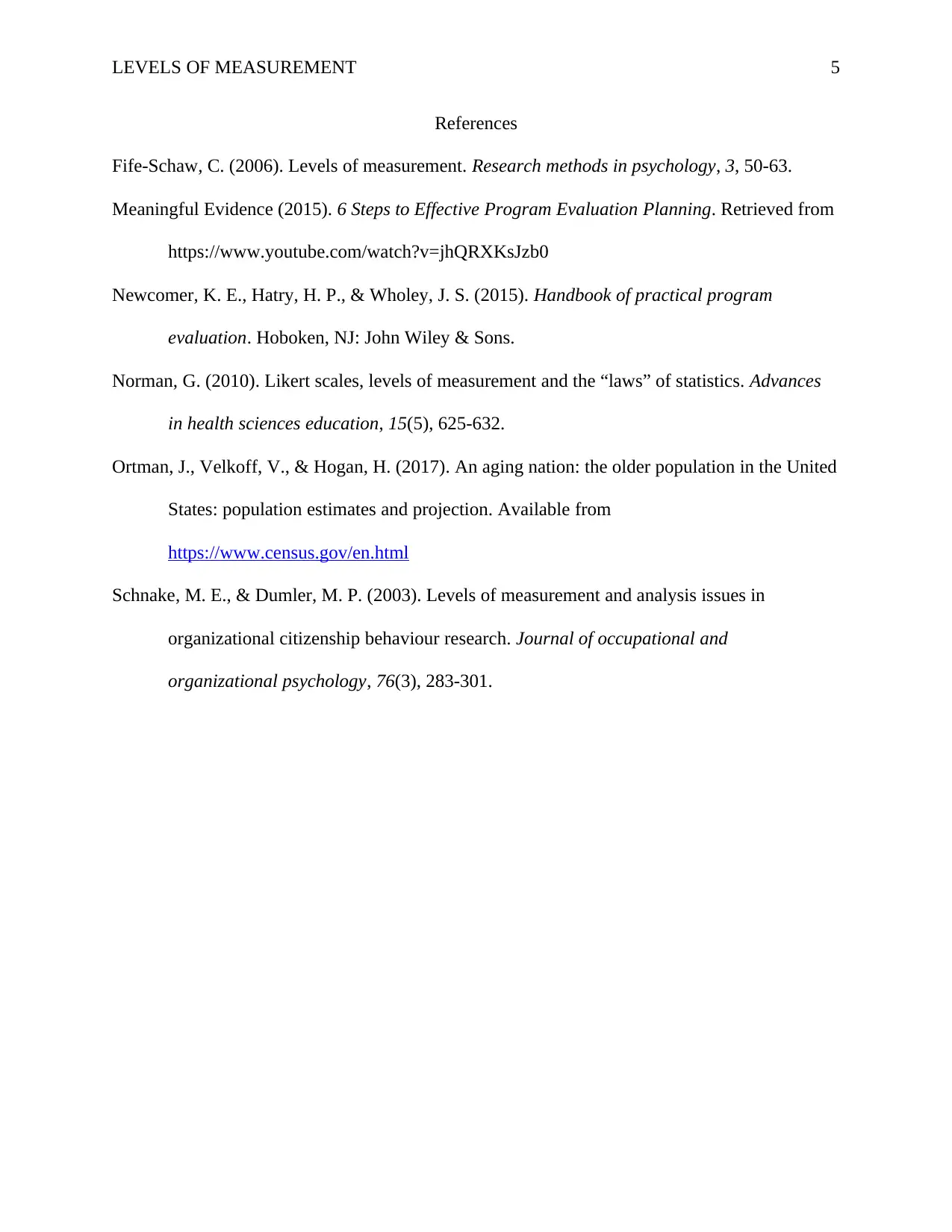




![[object Object]](/_next/static/media/star-bottom.7253800d.svg)